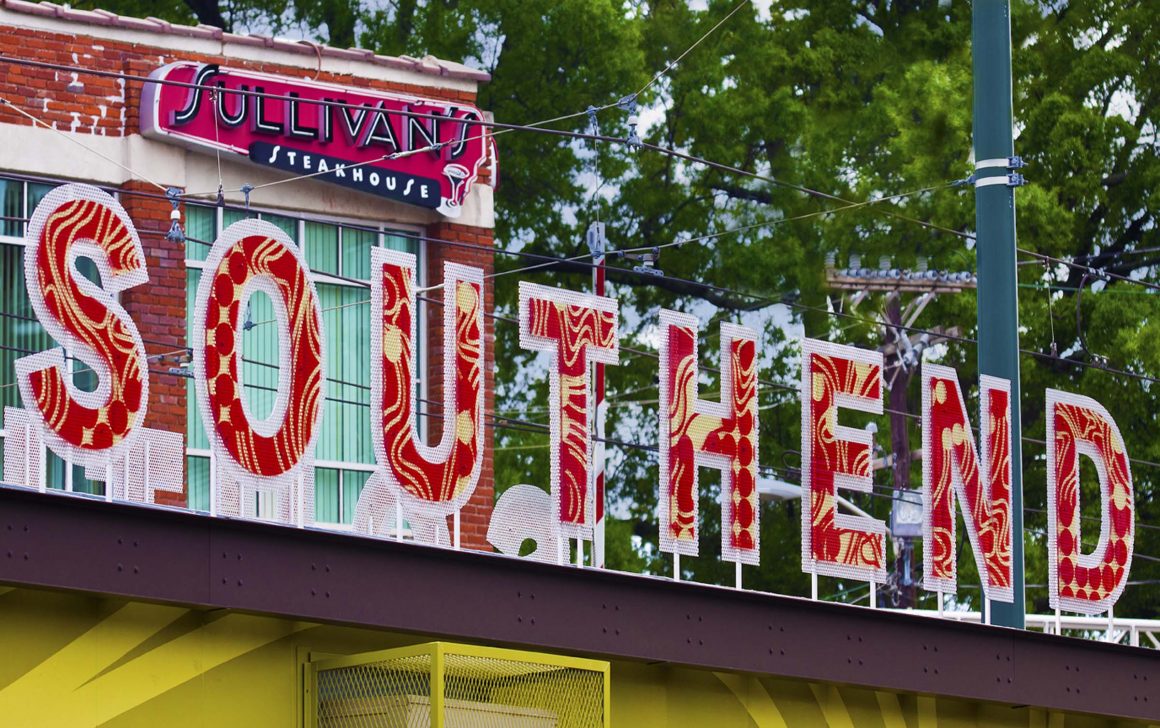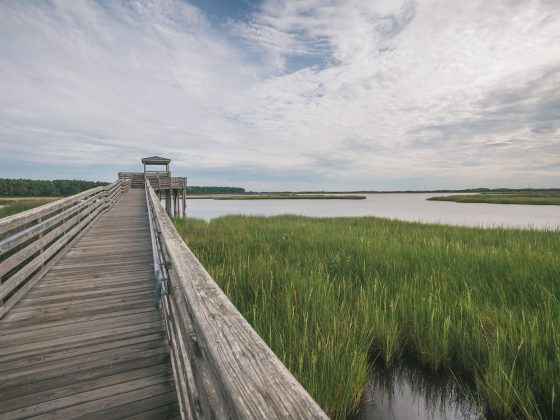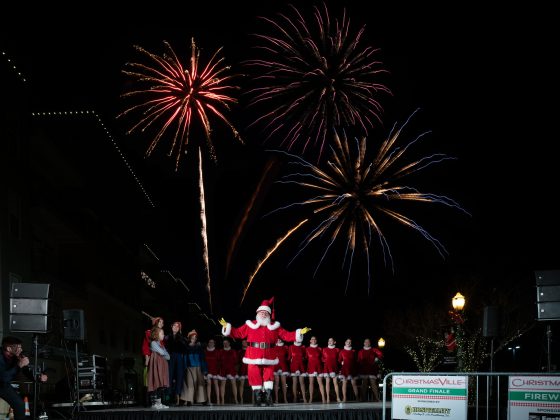Like most out-of-state transplants, I moved to Charlotte for opportunity. Charlotte is, after all, one of the fastest-growing cities in the South. And in the four years I’ve lived in the Queen City, I’ve seen a tremendous amount of growth. New skyscrapers have cropped up seemingly overnight, outdoor art installations and murals have come and gone, all the while the spirit and culture of the city has continued to morph and evolve as more and more people from across the country flock to it.
But what I find most fascinating is that in such a short span of time, I’ve borne witness to a city’s expansion. It’s like watching one of those animated time-lapse videos that show the evolution of a place over the course of one hundred years. Except that it’s happening in real time. All around me. And I get to watch.
So who are the movers and shakers shaping and decorating the city? Let’s explore the architects, artists, and builders who are transforming, innovating, and challenging the look and feel of Charlotte.
A City of Skyscrapers
Since 1991, Charlotte’s tallest skyscraper has been, and continues to be, the Bank of America Corporate Center. Standing at 871 feet high, the building towers over the city. Currently there are six buildings under construction in the Charlotte metro area that have estimated heights of over 200 feet.

Uptown’s latest skyscraper is Duke Energy’s new corporate headquarters, the Duke Metro Tower, located at 525 South Tryon Street. The 40 floor tower will rise approximately 629 feet and house 4,400 employees. When completed, it will be the fifth tallest building in Charlotte. Developer Childress Klein Properties and architect TVSDesign are manning the project, which should be complete in late 2022.
New buildings aside, my personal favorite tower in Charlotte is The Arlington, aka the “Pink Building,” in South End. There’s something about those iconic Pepto-Bismol windows that just speak to me. The actual color is called “Desert Rose.” Legend has it that developer Jim Gross deliberately chose that color in an act of defiance after an arduous battle over zoning. Though, this has never been confirmed. Personally, I just love the lore, the rebellion, the pink sheen of it all.
Charlotte Skyscrapers: A City of New Neighbors
A neighborhood of Charlotte that seems to be growing exponentially in all directions, including vertically, is South End. In recent years we’ve seen the rise of the 23 story Lowe’s Global Technology Center Tower, a joint project between Childress Klein, Ram Realty Advisors, and architectural firm Rule Joy Trammell + Rubio, LLC. The tower is located at 100 West Worthington.

South Enders have also been patiently awaiting the completion of “The Line,” a mixed-use 16 story building designed by Gensler, located directly on the Rail Trail. Notably, popular brewery Sycamore Brewing will move their taproom into the bottom floor. Once there, the brewery plans to serve their emblematic beer, craft cocktails, and introduce Sycamore Coffee.
New details have recently emerged on the development known as “Queens Bridge Collective,” which will sit on the edge of Uptown and South End where Uptown Cabaret and Midnight Dinner currently reside. Riverside Investment & Development plans to build a three tower mixed-use building that will include offices, rental residences, and retail space.
A City with a Past
While skyscrapers continue to dot the city, individual architects are taking a different approach when it comes to shaping the Queen City’s cultural structures. Take Jamaican-born, Charlotte-based architect Sekou Cooke for instance. Cooke is the Director of the Master of Urban Design program at UNC Charlotte. He is an advocate of “Hip-Hop Architecture.” According to him, Hip-Hop Architecture not only addresses the “racist history of architecture and urban planning” but also opens the door for education, reflection, and utilizes architecture as a tool for understanding culture.

Uptown Charlotte is no stranger to the pitfalls of urban planning. In the 1950s, the Charlotte-Mecklenburg Planning Commission was granted 1.4 million for an “Urban Renewal” project. The commission then used the funds to convert a historically black neighborhood known as “Brooklyn” into offices, industrial buildings, and a government center. In the process, the commission destroyed 1,000 black-owned homes and over 216 businesses.
In April of 2022, Charlotte’s Legacy Commission announced that Stonewall Street will now be Brooklyn Village Avenue to honor the legacy of the historic neighborhood.
A City of Color

It’s hard to believe how much Charlotte has changed in the four years I’ve been here. And it’s exciting to see how much it will change four years from now. It’s a unique feeling, to watch a city grow and evolve all around you. I can’t wait to see what the future of Charlotte has to offer.












